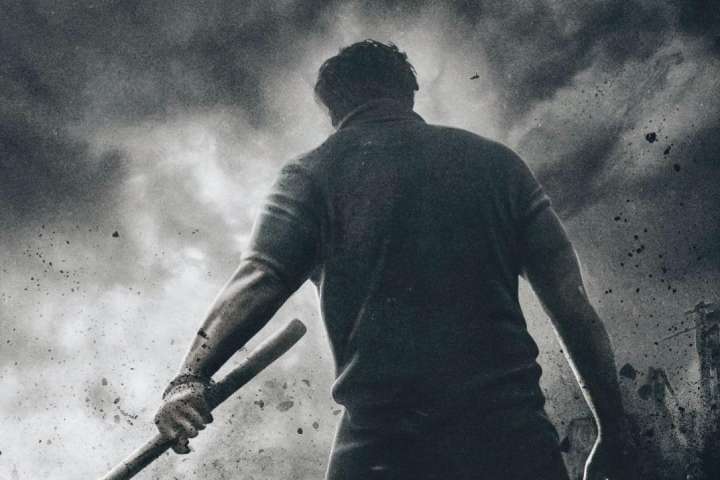Nupur Jha
Prashanth Neel’s Salaar: Part 1 – the Ceasefire stars Prabhas and Prithviraj Sukumaran as the main leads. The movie draws inspiration from Ugramm, a Kannada action-thriller directed by the same director.
The narrative unfolds in the fictional city of ‘Khansaar,’ centering on two best friends, Deva (played by Prabhas) and Vardha (played by Prithviraj Sukumaran), the son of Raja Mannar, who is a king of Khansaar. Their unbreakable bond faces a political twist, testing Deva’s commitment to making his friend the next king.
While similarities to KGF and Bahubali’s storytelling exist, Salaar also grapples with common South Indian cinema issues such as loud dialogues, prolonged hero announcements, and over-the-top characters.

But does Salaar deliver an action-packed, grand theatrical experience and pure entertainment for the masses?
Here, we have a light spoiler review so you can decide whether to watch Salaar in Theaters or not.
Khansaar, Actions & Characters
In the second half, the story gains momentum as it shifts to ‘Khansaar,’ a city-state in 1985. Neel skillfully weaves an intriguing history for the fictional world, introducing captivating politics, characters, and motives behind their actions.
Salaar’s art director, Shivakumar, deserves praise for creating a distinct set that breathes life into Khansaar. From makeup and costume design to color palettes and weapons, everything complements the narrative and Neel’s vision.
Apart from Deva and Vardha, strong supporting characters like Sriya Reddy as Radha, Tinnu Anand as Baba, and Ramachandra Raju as Rudra bring their own goals, stakes, and storylines. Unlike typical South Indian movies, these characters do not just serve the hero but contribute uniquely to the story.
The action design in Salaar is masterfully crafted, providing a visually pleasing experience, particularly in the second half of the story. As the director, Prashanth Neel brought forth a set of ideas that found their footing in various aspects, albeit some being uniquely bizarre and sometimes overcomplicated the storyline.

As the story concludes, the climax and significant reveal are exceptional, leaving the audience eagerly anticipating the sequel, Salaar: Part 2 – Shouryaanga Paravm.
Tiring Hero Aura, Information Overload & First One Hour
Despite a run-time of 2 hours and 52 minutes, Neel dedicates the first hour and 14 minutes to establishing his ‘hero,’ who initially lacks dialogue and screen presence.
The first hour feels too dragged and introduces a leap from the 1980s to 2017. While the leap shows the effect of what might have happened, it fails to hold the interest of the audience and could be trimmed to allow more time for the rest of the story.
During this time, a scene from Ugramm is shown, accompanied by the introduction of Aadhya (played by Shruti Hassan), the daughter of a businessman with a thick American accent. However, her role as a damsel in distress carries no particular significance in the overall story.
Prithviraj portrayed his role with utmost perfection. While his character could have had more screen time, his bromance with Deva added a warm layer to the story.
After facing setbacks in his previous projects, Prabhas undeniably made a strong comeback under Neil’s direction. However, his character truly shines post-interval, hinting at what might unfold in Part 2 of this movie. Until then, as the audience, we had to endure his ‘hero aura,’ which became exhausting at one point.
The unnecessary build-up and squandering of the first crucial hour led to a rushed attempt by the story to find its pace, resulting in an overwhelming information dump. Keeping up with the numerous crucial details becomes challenging for the audience, especially given the director’s luxury of almost a three-hour runtime. This overload of information makes it difficult for the audience to connect with the characters and the story, as it becomes too much to absorb in one go.
Although the story is not that impactful, you can go for Salaar if you enjoyed what KGF brought to the table, offering a more intricate focus on world-building. The high-intensity action drama and the narratives of Khansaar are truly captivating. However, the film falls short in terms of cohesiveness and clarity in several parts, making the first half nearly unbearable to watch. If you manage to persist and stay engaged with the story, Salaar can be definitely interesting.
Rating – 4 out 10 stars
